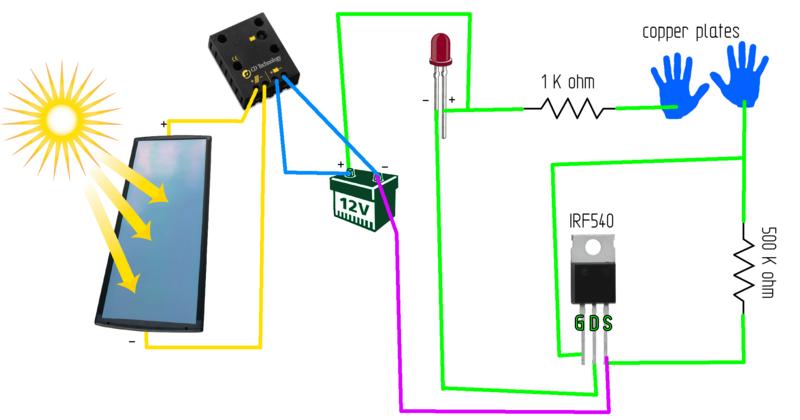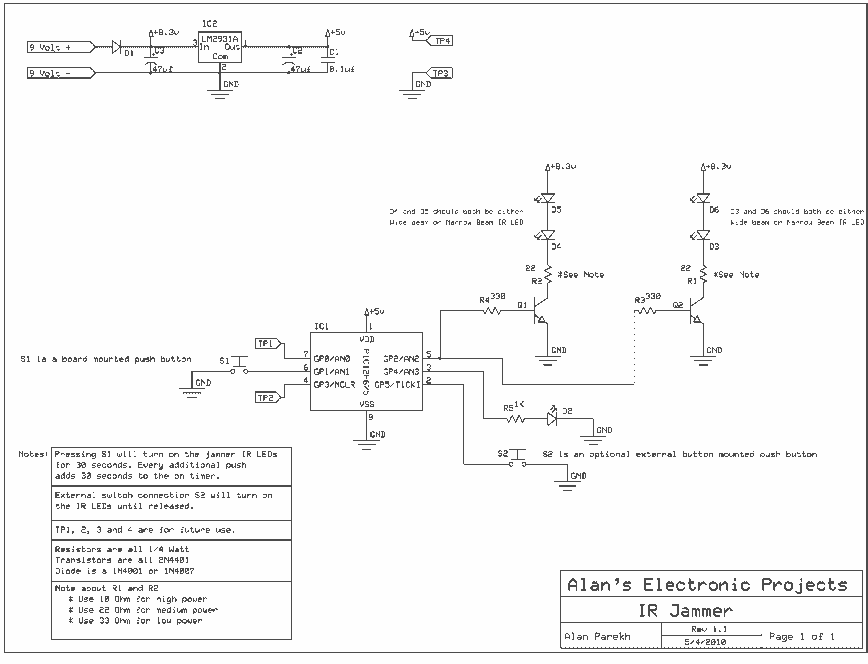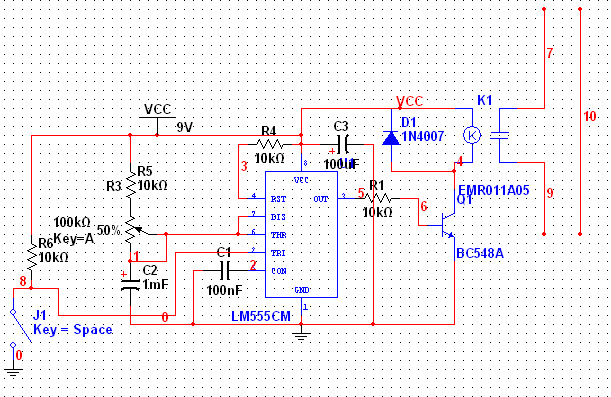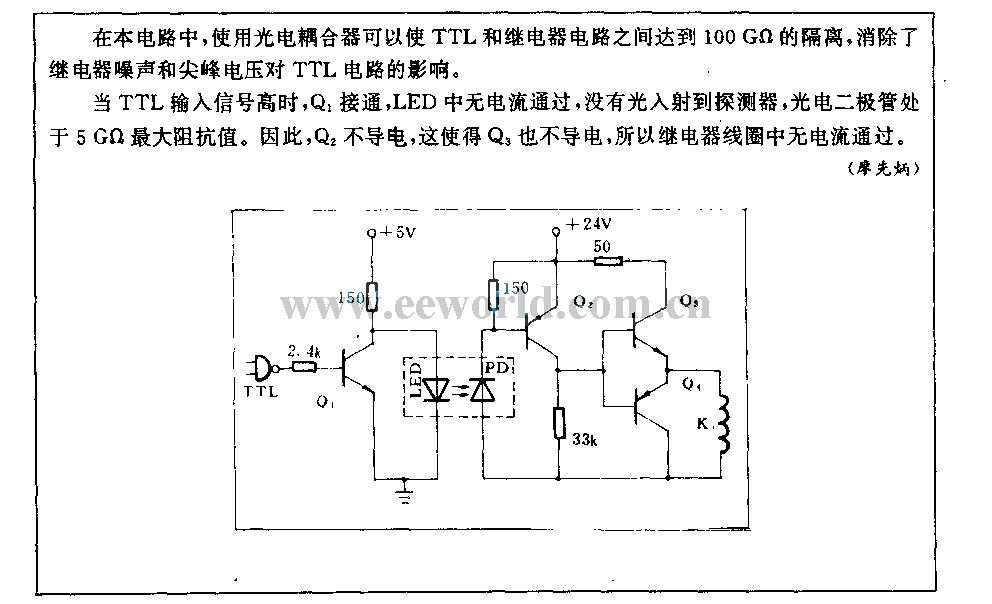
Solar panel circuit

A printed circuit board (PCB) was presented along with a schematic detailing the arrangement of components required for the activation of an LED on the board. The purpose of the PCB is to facilitate planning for the eventual construction of a real copper circuit board, which will be used for soldering.
The schematic outlines the necessary components and their interconnections to achieve the desired functionality of illuminating an LED. The design typically includes a power source, such as a battery or DC power supply, which provides the necessary voltage and current. The LED requires a current-limiting resistor to prevent excessive current from damaging the diode.
In the schematic, the power source is connected to the anode of the LED through the resistor, while the cathode of the LED is connected to ground. This arrangement ensures that when the circuit is powered, current flows through the resistor and the LED, causing the LED to emit light.
Additional components may include a switch to control the circuit, allowing the user to turn the LED on and off. The PCB layout must consider the physical placement of components to minimize interference and optimize space. Proper routing of traces is essential to maintain signal integrity and prevent issues such as crosstalk or voltage drops.
The PCB design process also involves selecting appropriate materials, such as FR-4 for the substrate, and determining the thickness of the copper traces to ensure they can handle the required current without overheating. The final design can then be used to create a copper circuit board, which will be populated with the components and soldered to form a functional electronic device.A printed circuit board (PCB) and showed us a schematic of components that needed to be put onto the board in such a way so that an LED on the board would light up. The point of the PCB is so that you can plan for when you have a real copper circuit board that you are actually going to solder onto.
🔗 External reference
The schematic outlines the necessary components and their interconnections to achieve the desired functionality of illuminating an LED. The design typically includes a power source, such as a battery or DC power supply, which provides the necessary voltage and current. The LED requires a current-limiting resistor to prevent excessive current from damaging the diode.
In the schematic, the power source is connected to the anode of the LED through the resistor, while the cathode of the LED is connected to ground. This arrangement ensures that when the circuit is powered, current flows through the resistor and the LED, causing the LED to emit light.
Additional components may include a switch to control the circuit, allowing the user to turn the LED on and off. The PCB layout must consider the physical placement of components to minimize interference and optimize space. Proper routing of traces is essential to maintain signal integrity and prevent issues such as crosstalk or voltage drops.
The PCB design process also involves selecting appropriate materials, such as FR-4 for the substrate, and determining the thickness of the copper traces to ensure they can handle the required current without overheating. The final design can then be used to create a copper circuit board, which will be populated with the components and soldered to form a functional electronic device.A printed circuit board (PCB) and showed us a schematic of components that needed to be put onto the board in such a way so that an LED on the board would light up. The point of the PCB is so that you can plan for when you have a real copper circuit board that you are actually going to solder onto.
🔗 External reference





